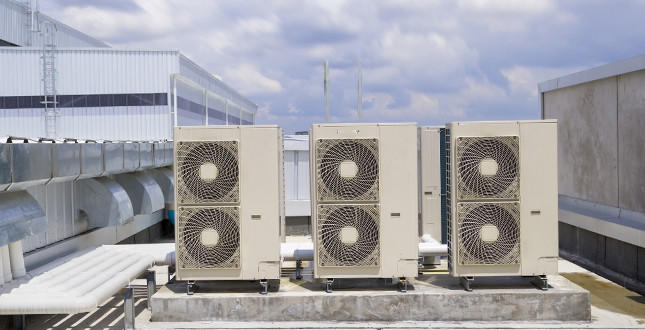

Building operators and managers are missing out on significant energy savings by failing to ensure the effective distribution of heat in areas with high ceilings.
Owners and occupiers are said to be overspending on maintaining a comfortable temperature at floor level due to the poor design of HVAC systems in their facilities.
The impact is particularly pronounced in sectors such as warehousing, manufacturing, logistics and processing, where large cavernous spaces are the norm.
Richard Johnston, National Business Development Manager Destratification at Elta Group Building Services, said: “Building operators and managers are increasingly investing in advanced technologies to reduce heating costs, yet a small change to the way heat is distributed could make a significant impact on annual energy bills.
“The difference in temperature from floor to ceiling in high ceilinged spaces can be as much as 10 to 20°C. Recirculating the hot air wasted at ceiling level can save as much as 40 per cent on annual heating bills.”
Box fans have traditionally been used to address the issue of thermal destratification, but due to the direction of air flow and limited power, their effectiveness is being called into question.
Richard continues: “The latest range of available destratification fans are focused on the zone of occupancy (ZOO). The technology works by channelling a gentle, tight column of hot air to ground level, resulting in a temperature differential as low as 0.5 to 1°C from floor to ceiling and wall to wall.
“This new method has already been proven to reduce heating costs by as much as 40 per cent in even the most environmentally-friendly buildings, often resulting in payback periods of under two years. To address the issue we are now offering free on-site surveys to better help operators identify where savings can be made.
“Owners and operators of high ceilinged buildings are effectively sitting on a gold mine of wasted thermal energy that needs to be harnessed.”
If you'd like to keep up-to-date with the latest developments in the heating and plumbing industry, why not subscribe to our weekly newsletters? Just click the button below and you can ensure all the latest industry news and new product information lands in your inbox every week.